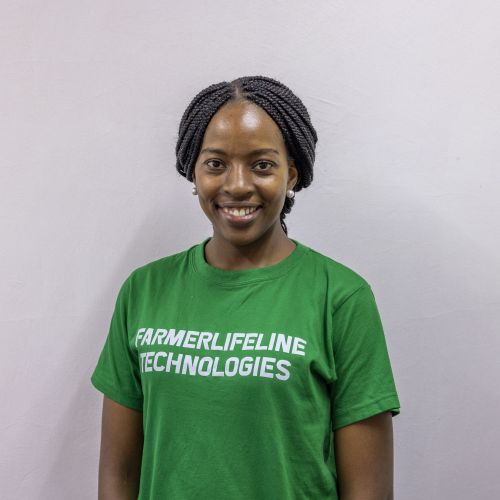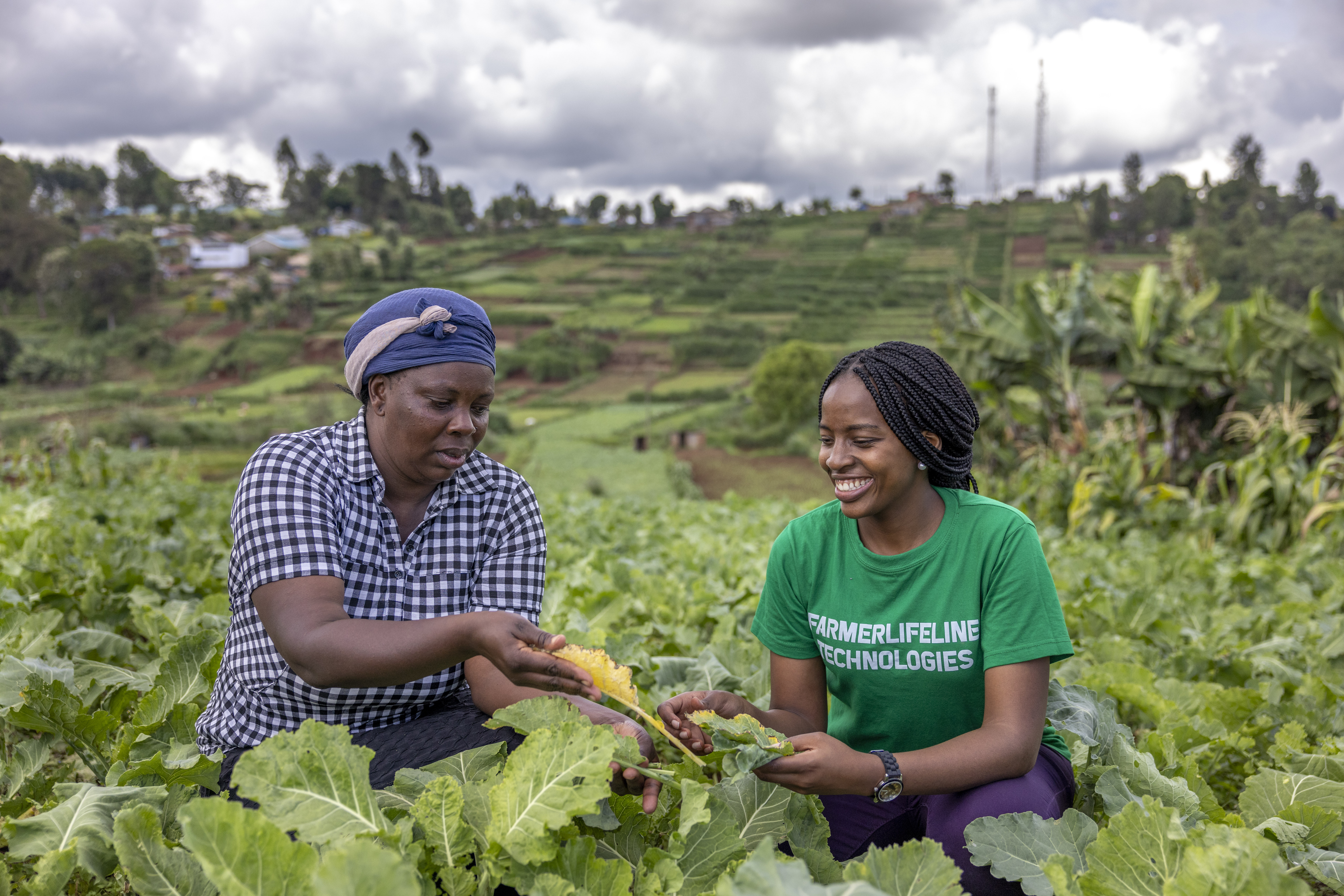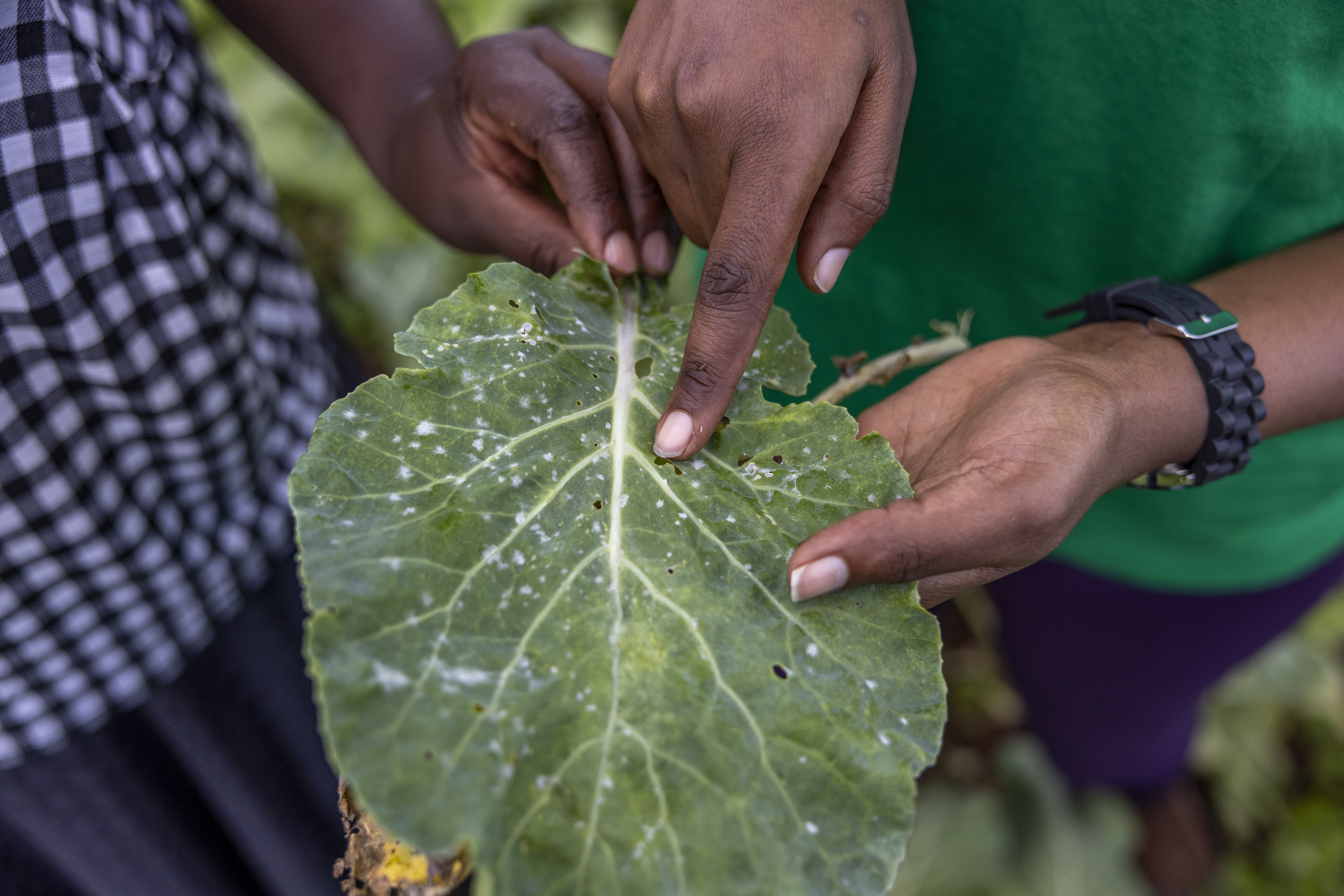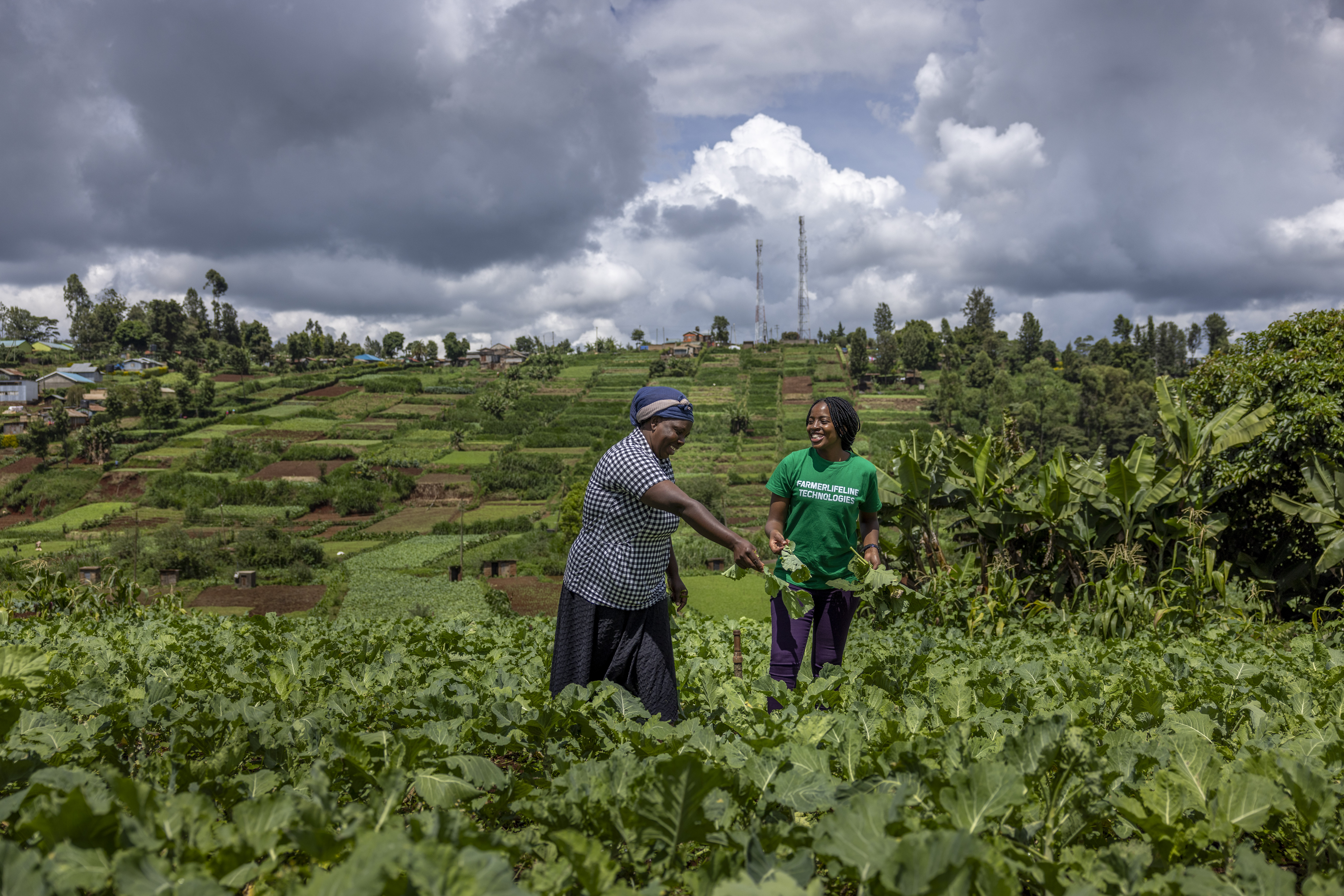Developed by Kenyan computer programmer Esther Kimani, the patented innovation uses continuous image capturing and analysis to alert farmers within five seconds of an infestation and suggests the best intervention.
Current diagnostic methods are expensive and can take up to three weeks to yield a result. Five million smallholder farmers in Kenya therefore lose on average 33% of their crops to pests and diseases. The situation is aggravated by excessive use of synthetic fertilisers and chemicals, leading to soil degradation.
The device comprises a high-sensitivity solar-powered camera module connected to a computer system and mounted on an adjustable stand. The stand reaches as high as five metres, dependent on the type of crop. Kimani and her team have coded a locally hosted database that can detect more thousands of crop pests and pathogens.
The camera continuously captures images of crops within 600 metres. It uses computer vision algorithms and advanced machine learning to detect and identify crop pests, pathogens or diseases, as well as the nature of the infection or infestation. The device then notifies the farmer via SMS.
The diagnosis contains information on the crop type, the pest or pathogen identified, and any other abiotic disorders, such as soil nutrient deficiency. It recommends the type and quantity of pesticides, fertilisers or chemicals to be applied, along with the exact quantity required. This also assists with soil preservation.
Kimani, whose parents were smallholder farmers, developed the Early Crop Pest and Disease Detection Device to address the loss of income from pests and disease, and help increase farm productivity. It can increase yields by 40% and reduce losses by 30%.
It presents an affordable alternative to current detection methods, which involve hiring a drone to scan a farm at a cost of US$100 per hour, or calling out an agricultural inspector at US$60 per visit. Farmers pay a leasing fee of US$3 per month to continuously monitor their crops.
The device also alerts government agricultural officers to the presence of diseases or pests. It provides weather predictions and recommends the most affordable and appropriate seed and crop varieties for their climate and ecological zone.
Data from the 895 devices currently leased is collected onto an agricultural live-tracking data dashboard to monitor patterns, identify trends and inform policymaking.

My parents would lose up to 40% of their crops each farming season, which affected our standard of living. We are empowering smallholder farmers, many of whom are women, to increase their income. We aim to scale to one million farmers in the next five years.
Esther Kimani




Find out more about the Early Crop Pest and Disease Detection Device online:
